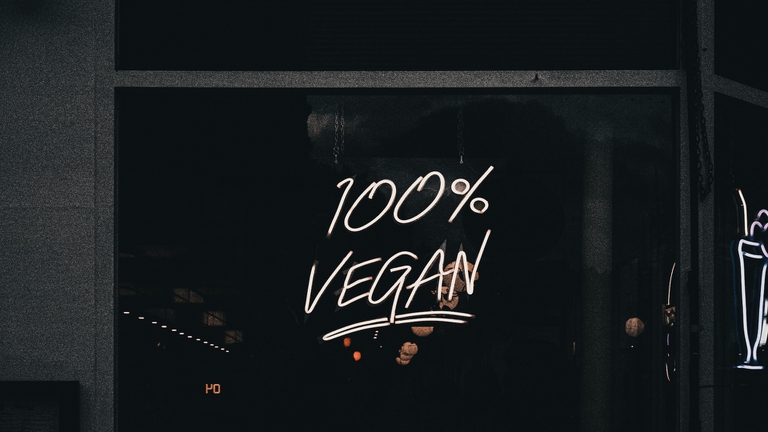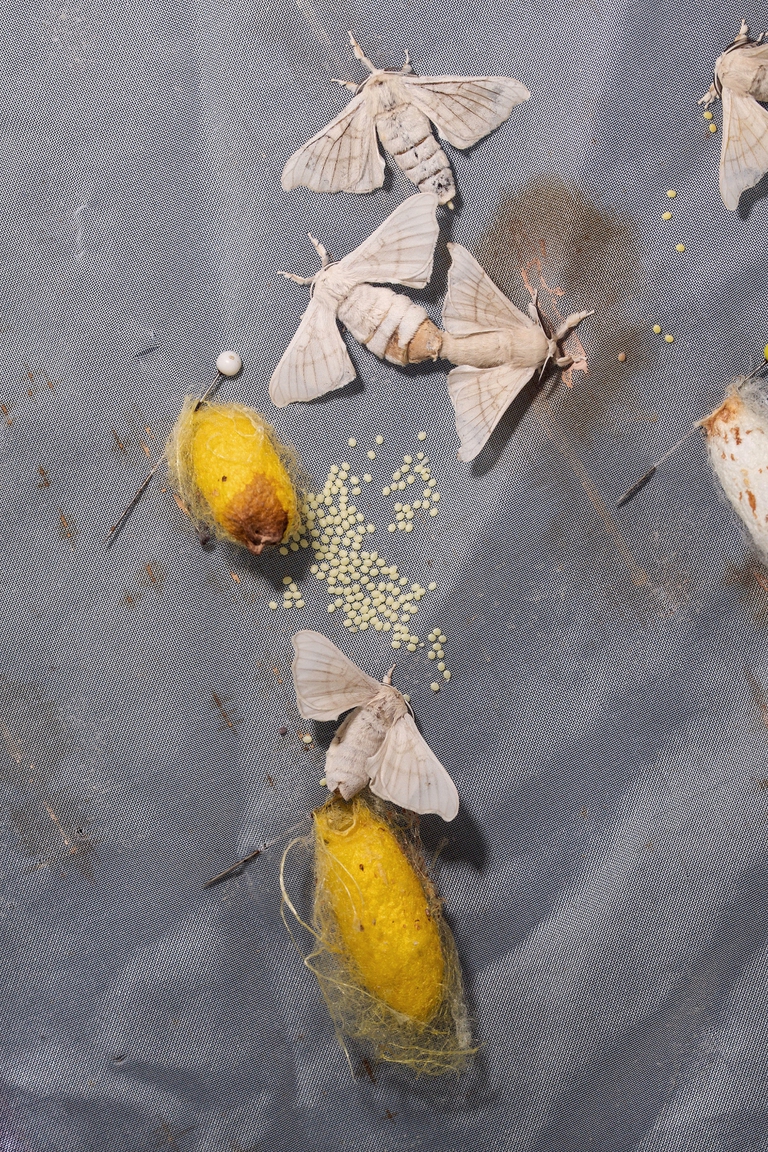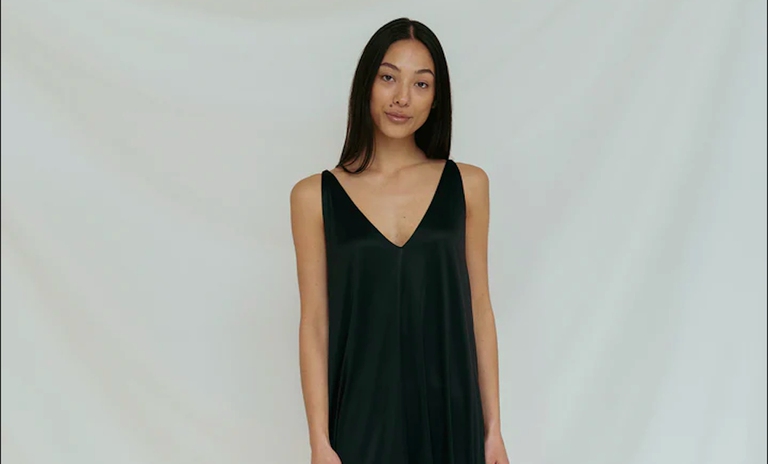https://www.lifegate.it/tutti-pazzi-per-la-seta-vegana
- |
- Vegan alternatives to classic materials are increasingly widespread on the market, which is increasingly receptive.
- After non-violent silk, which requires silkworms to complete their life cycle, vegan silk was also produced.
- It is obtained from pine and eucalyptus wood pulp coming from certified and sustainable forests and not subject to deforestation.
It is the driving force behind sustainable textile purchases Gen Z:90 percent of the youngest are willing to pay more for sustainable items and as many as 95 percent are specifically looking vegan options.We have been used to materials of plant origin as a replacement for leather for a while now, but what do we know about them vegan silk?

Non-violent silk
Silk makes you think of everything except scenarios that somehow recall the idea of violence, but it is a fact that, to obtain the fiber to spin, silkworm cocoons should be immersed in boiling water to make the caterpillars inside them die.It is estimated that to produce one kilo of silk more than six thousand silkworms are killed, boiled alive in their own cocoons.It is also estimated that a silk shirt requires 376 liters of water, leaving a serious water footprint on the environment.From India and its zen vibes, however, a type of silk that is called ahimsa, i.e. non-violent, or peace silk.
The process is essentially the same, except yes allows the larva to complete metamorphosis and transform into a butterfly, an operation which implies that the thread is torn in correspondence with the hole made by the butterfly to exit.The silk thread, which can reach up to 300 meters in length, it is more valuable and easier to spin if it remains intact:“normal” silk remains softer.However, non-violent silk is now used a lot even in luxury and more and more brands are looking for more sustainable alternatives.
Vegan silk
As with leather, a material for which research has already given go-go alternatives, silk is also starting to appear on the market. vegan alternatives, that is, without any animal being involved in the process.They are indeed pine and eucalyptus wood pulp the main ingredients of Naia™ cellulosic fibre, a very ductile textile material that gives the same sensation to the touch as silk.Beyond not involving living organisms in any phase of the process, the sustainability of this fiber also lies in the production method: to lower carbon emissions water and solvents are recovered to be reused and recycled.

We have already talked about the polyester and its qualities similar to silk which, if it does not involve killing the silkworms, in its non-recycled version is still an unsustainable choice as it is a petroleum derivative.The vegan and cellulose silk proposed by Naia instead comes from certified and sustainable forests or plantations;the acetic acid used to treat the fibers is obtained from a patented process, which uses undifferentiated plastic waste and breaks it down into the basic molecular building blocks.Compared to the standard process, PET is not separated from other plastics:this allows us to give new life to a wider range of waste, even difficult to dispose of.Furthermore, the entire industrial process is circular because the water is reused, the solvents are safe and are reintroduced into the production cycle;not only that, the fibers thus obtained are compostable.
One of the strengths of Naia™ is the transparency:the woods and plantations of pines and eucalyptus are managed sustainably, to guarantee the protection of ancient or endangered forests, so much so that the brand's commitment to environmental sustainability was also recognized inCanopy's 2020 hot button report.Naia™ has been recognized for its commitment to innovation thanks also to the recent launch of Naia™ Renew, a circular fiber produced from a portfolio of difficult-to-recycle waste materials.
The application in luxury
Gretes is a lingerie brand created by the Lithuanian designer Grėtė Švegždaitė who, after studying law, decided to change course and in 2018 it debuted on the market with a brand of silk hair scrunchies and subsequently expanded its product portfolio.Growth was rapid, so much so that Grtes also earned a place at New York Fashion week.As the success grew, however, so did the awareness of poor sustainability of the silk supply chain.

Here Grėtė, who until then had based the entire brand concept on that material, started looking for a greener alternative which however was able to offer the same sensation of luxury and softness, finding it in the Naia™ cellulose fibre.Grėtė Švėgždaitė believes that the push to replace natural silk with vegan silk it will be increasingly widespread, and Gretes has certainly set a good example, at least as far as the world of luxury is concerned.
“Our purchasing behavior has already been harmful to nature;therefore, the choice of vegan, recycled and sustainably made fabrics, as well as the recycling of old clothes, shoes or objects is able to compensate at least in part for the damage caused”, explains the designer.“It is our duty, as consumers, push brands in the world of fashion and luxury to make real change and produce products in line with our values."Today only 1 percent of crops worldwide are recycled, it's time to increase this percentage.
